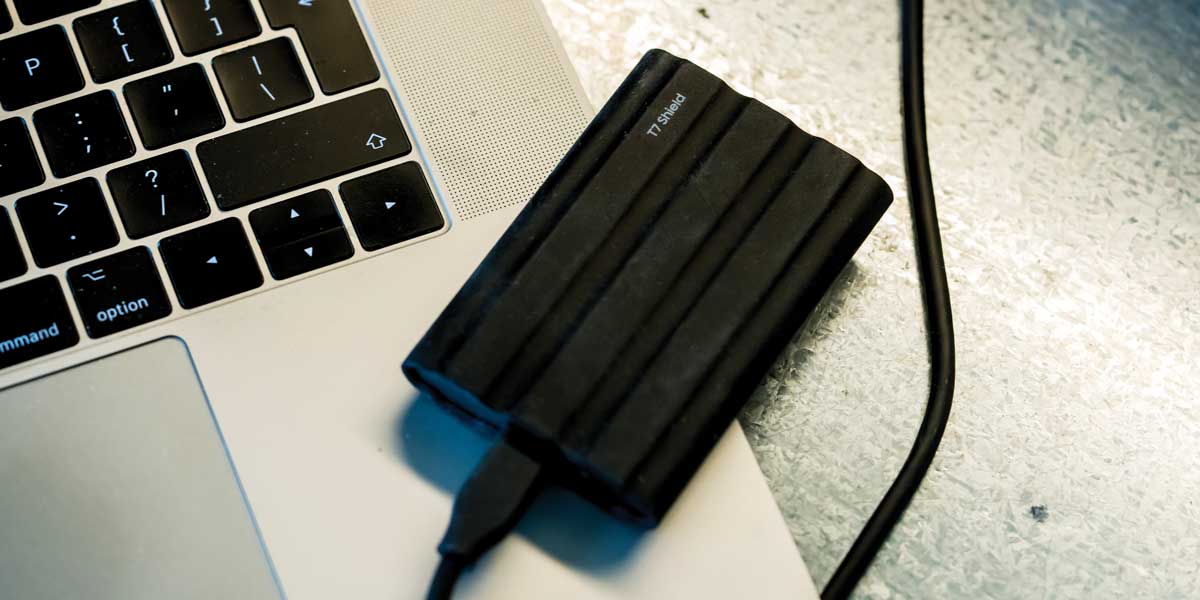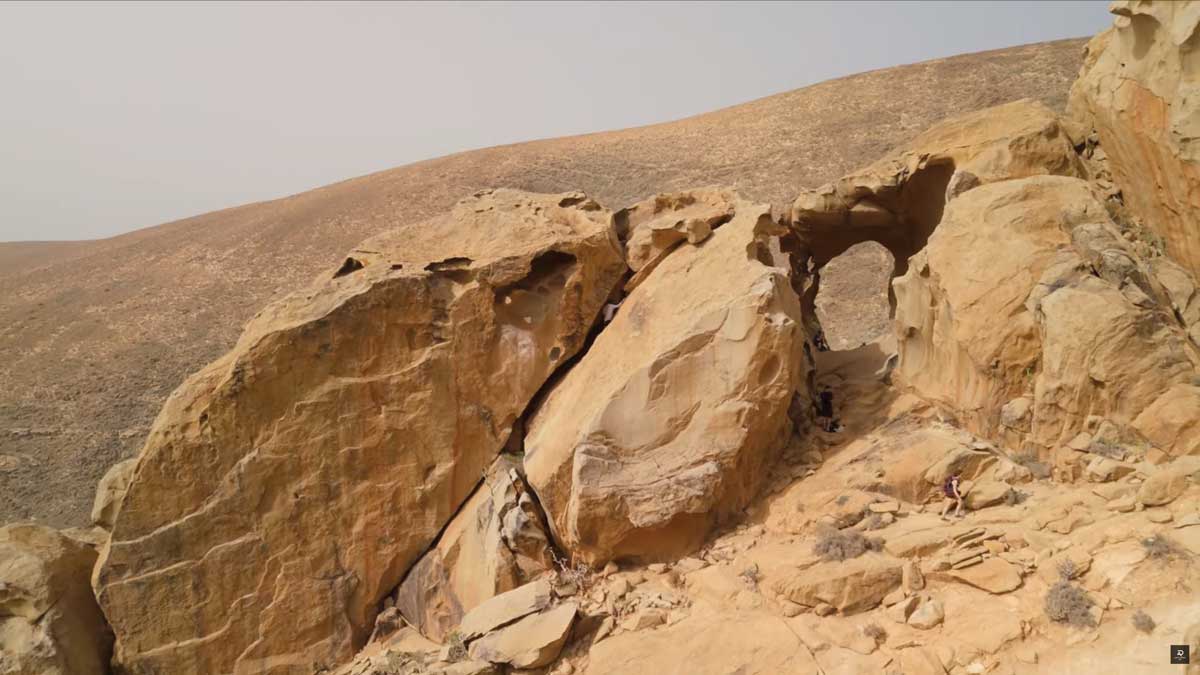
The Need for Speed
Posted on Oct 18, 2024 by Samara Husbands
When a Top Gun up-and-comer switches to flying camera drones, the Samsung Portable SSD T7 Shield is his best wingman
Advertisement feature
For as long as he can remember, David Timson had dreams of a career in flying. And not big commercial airliners or crop-dusting small planes, but the fastest fighter planes in the world.
Unlike most of the aspiring aviators inspired by Top Gun: Maverick, Timson took his plan seriously, learning to fly gliders and then powered planes from the age of just 13 via Britain’s Air Cadets. He joined the University Air Squadron, earning scholarships and bursaries to further his journey towards 30,000 feet and beyond. He joined the Royal Air Force and was top of his training course – the sure-fire path to becoming an ace.
But when the time came to be assigned to jets, helicopters or drones, he was ordered to learn helicopters. A dream for many, but not Timson.
“My whole life, I only wanted to fly fast jets. I’d put all my efforts into it for years. I didn’t want to fly helicopters,” Timson shares. He gave it a shot but after six years, his heart wasn’t in it, and he quit.
Leaving the military took adjustment, and a series of conventional jobs followed. “I knew I never wanted to have a normal job,” he admits. Timson eventually decided to get into flying drones to shoot some filmic video, and became hooked.
“I wanted to travel, shooting great footage of stunning places,” says Timson. “I visited various dramatic landscapes in Europe and recorded some incredible shots. I loved it.” Not long after, film production companies came knocking, as his control of drones and the shots he captures are simply superb, thanks to his experience of flying.
However, very early on, Timson learned the hard way about the importance of regular backups when shooting, as things can quickly go wrong – especially when tricky shots using drones are involved.
“I was in Lanzarote shooting coastal landscapes,” he recalls. “I had a massive memory card inside the drone with all the footage from a few days of shooting. And of course, I hadn’t backed it up.
“The very last shot was a simple flight over the sea – the drone malfunctioned and crashed into the water. Everything was lost.”
From that point on, Timson backed up every shot as quickly as possible on both his laptop and the fastest, most durable SSD drive he could get his hands on. Cue the Samsung Portable SSD T7 Shield – a rapid and portable external drive with a rubberised cover. Designed to endure the odd bump or drop, it also fights off rain, being both water and dust resistant with an IP65 rating. Since drone work is often outdoors in tough conditions, the Samsung Portable SSD T7 Shield is an ideal partner.

“High-quality footage is crucial, so I always shoot in the most data-rich codec available – ideally in ProRes, at a minimum of 4K and at high frame rates if possible. I need a fast portable drive with enough capacity to store plenty of footage, and the Samsung Portable SSD T7 Shield is perfect,” explains Timson. “Especially as it can be as large as 4TB.”
The Samsung Portable SSD T7 Shield is fast and hardy enough for the toughest jobs, boasting a strong aluminium body which aids heat dissipation, even when shooting 10-bit 4:2:2 All-Intra footage.
Another key requirement for drone users, especially with the latest FPV-style high-speed versions, is that achieving optimal results places a massive strain on computing power.
Timson explains: “FPV drones in particular are inherently unstable, so the footage must be stabilised with software. Some use the drone’s own built-in stabilisation software, but for serious work, it’s best to turn that off. All the stabilisation is done in post on the computer, using software like Gyroflow.”
That puts a huge strain on computing power, and if the footage is stored on anything less than an ultra-fast drive, rendering can be excruciatingly long. Fortunately, the Samsung Portable SSD T7 Shield is more than capable of handling the job. It offers high-sustained write performance, allowing the recording of 8K or even 12K video. With read and write speeds of up to 1050MB/s and 1000MB/s, respectively, it’s about ten times faster than most external HDDs. The portable drive is also compatible with Windows machines using USB.
The compact Samsung Portable SSD T7 Shield weighs 98g, measures 88mm in length, 13mm in thickness and comes in sizes up to 4TB in a range of colours. It’s plug-and-play ready for the latest Apple Mac computers and includes drivers for Windows PCs. The software allows you to set a custom name and a password. The portable drive is also pre-installed with Samsung Magician, which monitors its health and can verify if a Samsung SSD product is genuine.
“With an education in physics and my Air Force training in engineering and tech, I always research my equipment choices extensively,” says Timson. “That led me to the Samsung Portable SSD T7 Shield.
“High-performance flying is always about pushing the envelope of what’s possible. My latest project is a custom-made, four-rotor FPV drone capable of carrying large cameras for incredible quality, as more movies and high-end commercials want something unique.”
Once built, the footage will be trusted to Samsung portable drives.







